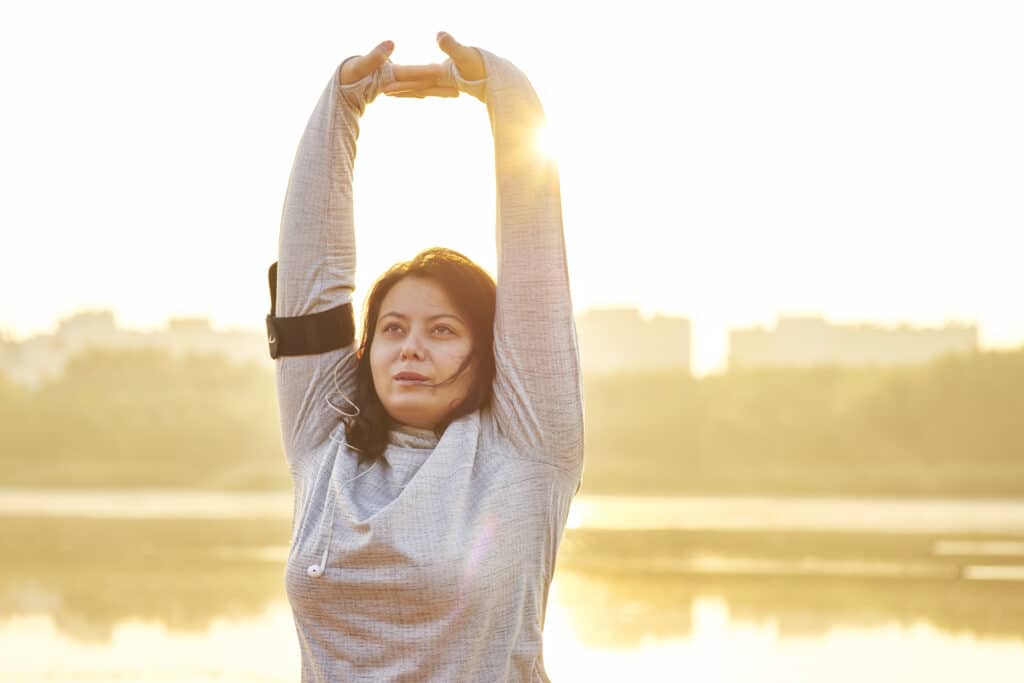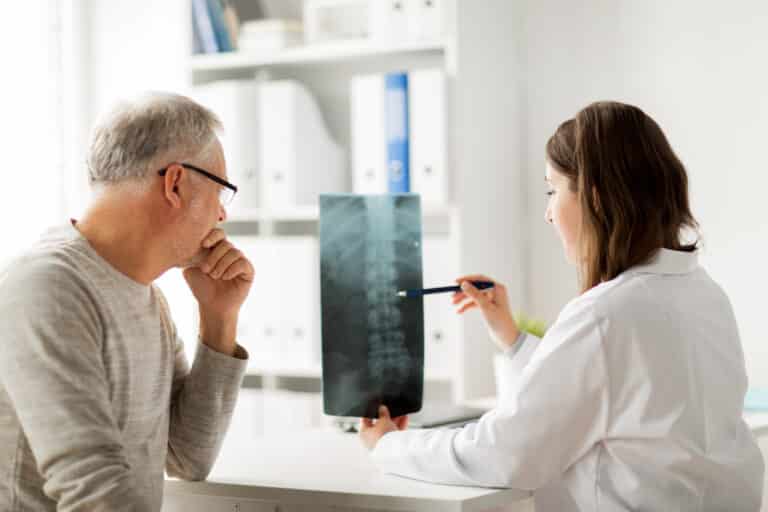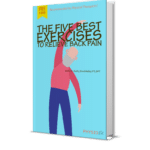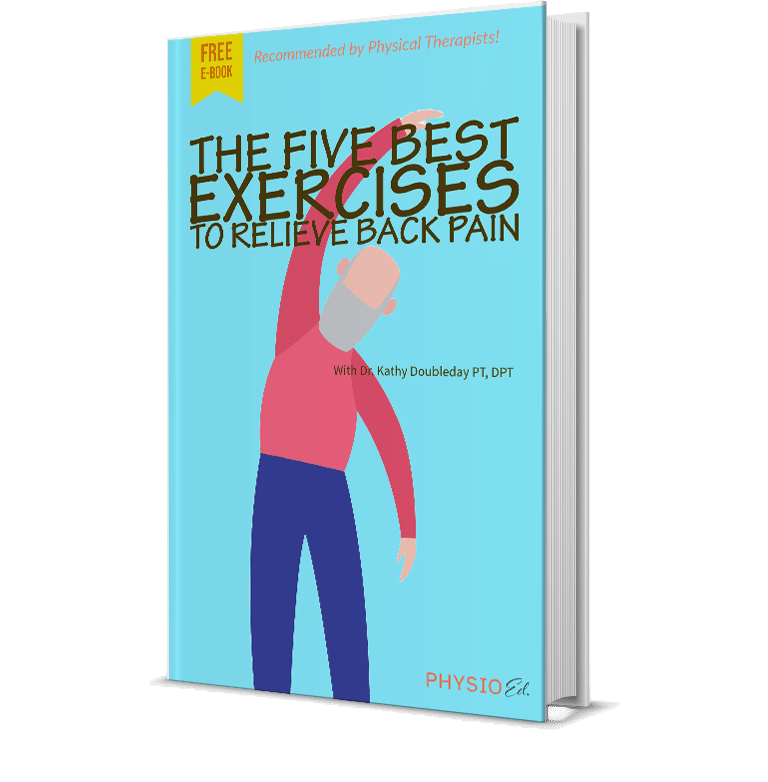What Exercises Help a Sore Back?
In general you can break down low back pain into two major categories. Disorders that affect the front of the spine versus the back of the spine. (The front being the disc and surrounding tissues and the back being the joints and ligament structures called facet joints.)
Disorders in the front of the spine are aggravated by bending forward or sitting types of movements. Disorders in the back of the spine are sensitive to standing up tall and leaning backwards or walking. Most back pain will benefit from stretching the hips and legs. Improving motion at the hips will take stress off the back when doing daily activities. Stretching the back in the opposite direction of the pain is a good starting point to help loosen up stiffness.
After improving motion of the legs and back then improving activation of muscles that support the lumbar spine can be added to help strengthen and support the spine. I can give you more specific exercises and movements as well.
1) Squat with your arms reaching forward and progressing to arms overhead.
2) Lunge Hold which stretches the front of the hip muscle of the back leg in the lunge and lengthens and activates the abdominal and back muscles.
3) Diagonal Motions help to give all the layers of trunk muscles activity and support the back.
4) Stretching the Hips and Back by holding onto a counter bent at 90 degrees is one of my favorites.
Pregnant patients need to be aware of lying down postures that put pressure on the abdomen. Back pain can be due to ligamentum laxity of the pelvis and lumbar spine and often need some pelvic support with a pregnancy belt. All the standing stretches for the hips and spine are good and quadruped is a good alternative posture for pregnancy.








